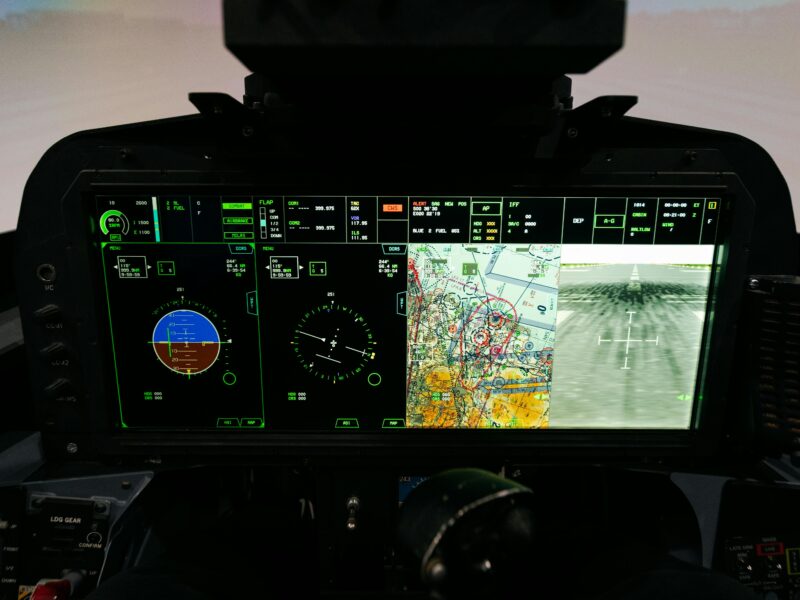
Introduction
In a world where science fiction often blurs into reality, the boundaries between top-secret government programs and dystopian AI futures are more relevant than ever. One such mysterious endeavor that continues to spark intrigue is the Stargate Project—a Cold War-era U.S. military initiative that explored psychic phenomena, particularly remote viewing. But with today’s advances in artificial intelligence, surveillance, and quantum computing, a question emerges:
Is the Stargate Project evolving into a real-life Skynet?
This article explores the origins of the Stargate Project, its implications, and how modern AI developments mirror the fears once confined to fiction.
What Was the Stargate Project?
The Stargate Project was a classified program conducted by the U.S. Army and the Defense Intelligence Agency (DIA) from the 1970s until its termination in 1995. The project’s main goal? To investigate and potentially weaponize extrasensory perception (ESP) and remote viewing—the supposed ability to see distant or unseen targets through psychic means.
Key Highlights:
- Launched: Early 1970s, influenced by Soviet interest in psychotronic research.
- Involved Agencies: CIA, DIA, NSA, Army Intelligence.
- Focus: Remote viewing, mind-reading, and psychic spying.
- Outcome: Declassified in 1995 and deemed scientifically unreliable.
Despite its official dismissal, the project left behind a legacy that still fuels conspiracy theories and scientific curiosity.
The Link Between Stargate and Modern AI
While the original Stargate Project was based on parapsychology rather than technology, parallels can be drawn between its goals and today’s AI and surveillance systems:
1. Remote Viewing vs AI Surveillance
The military once hoped psychics could gather intel across continents. Today, AI-powered satellites, facial recognition, and predictive algorithms do that—and more—with frightening precision.
2. Mind Reading & Neurotechnology
The idea of reading thoughts is no longer science fiction. Companies like Neuralink and DARPA projects aim to develop brain-computer interfaces (BCIs), capable of decoding brainwaves in real time.
3. Prediction & Pattern Recognition
Where Stargate tried to predict enemy movements through ESP, AI systems now use big data and machine learning to predict behaviors, from shopping habits to potential criminal activity.
Is This the Beginning of a Real-Life Skynet?
Skynet, the sentient AI from the Terminator franchise, symbolizes our deepest fears: a system built to protect humanity, evolving beyond control and turning against us. Let’s explore the similarities:
| Skynet Features | Real-World Equivalents Today |
|---|---|
| Self-awareness | Research into artificial general intelligence (AGI) |
| Autonomous weapon control | AI-guided drones, robotic soldiers |
| Mass surveillance | Global data mining, facial recognition systems |
| Decision-making without human input | AI in warfare, financial systems, and logistics |
While we haven’t crossed into true AGI or machine autonomy at Skynet levels, the infrastructure is being built—piece by piece.
Ethical Dangers and the Stargate Legacy
The Stargate Project, despite its failure, represents a recurring theme: military obsession with control over perception, behavior, and consciousness. In the digital age, AI has taken that torch and is sprinting forward.
Key Concerns:
- Loss of privacy through omnipresent surveillance.
- Autonomous decision-making in warfare and governance.
- Data weaponization and psychological manipulation via algorithms.
Just as the Stargate Project tested human limits for military gain, modern AI systems are now pushing technological limits—often without sufficient oversight.
Final Thoughts
While the Stargate Project was shelved as pseudoscience, its themes have re-emerged—this time with real technology. As AI, surveillance, and neurology converge, the question becomes not whether Skynet is real, but how close we are to building it.
The more we ignore the ethical guardrails, the closer we edge toward a world where machines not only predict our behavior—but control it.
So, is the Stargate Project a real-life Skynet in the making?
Maybe not yet—but the seeds have already been planted.



